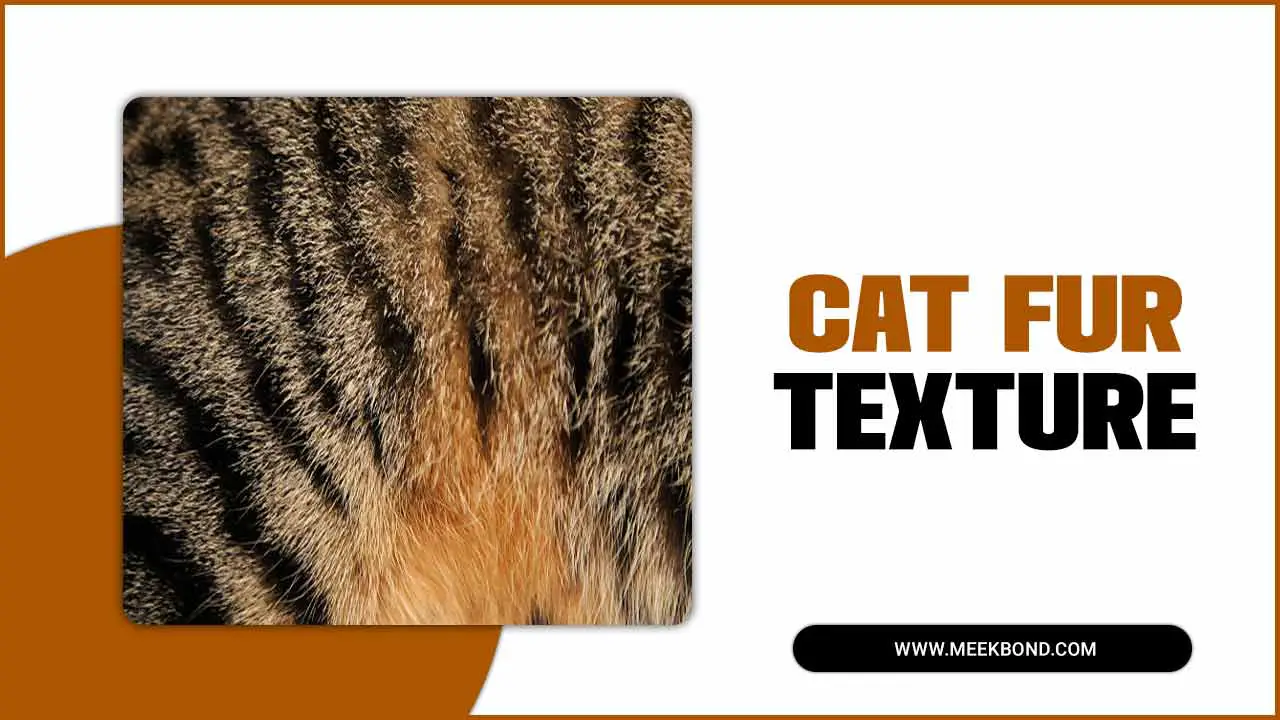Female cat’s sides sunken in after spay? Take a look at your cat’s incision, if you notice that her side seems sunken in, it is not uncommon. It happens due to hormonal changes following surgery, and will fade out with time. Here’s how to handle this issue.
Your cat’s incision might feel tender, if so you should be able to gently poke it. If there is no soft spot at all where the humerus nerve comes out of your skull, then chances are good that he don’t need pain medication because he was too small for an opening to form so easily during surgery.
Also remember this if not discussed with your vet before hand: Even though slight pain may occur after spaying cat, they will be able to walk on their own no later than 30 minutes after surgery.
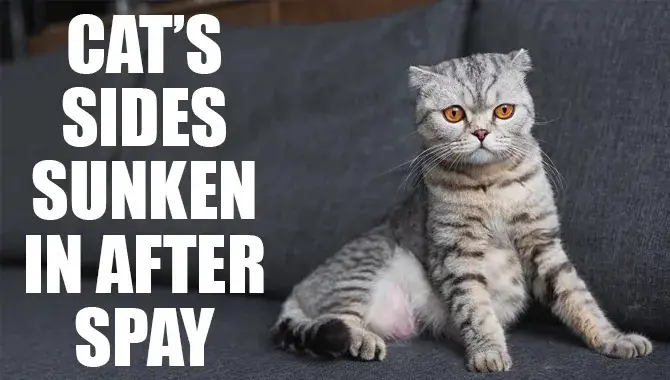
Will My Cats Self Heal?
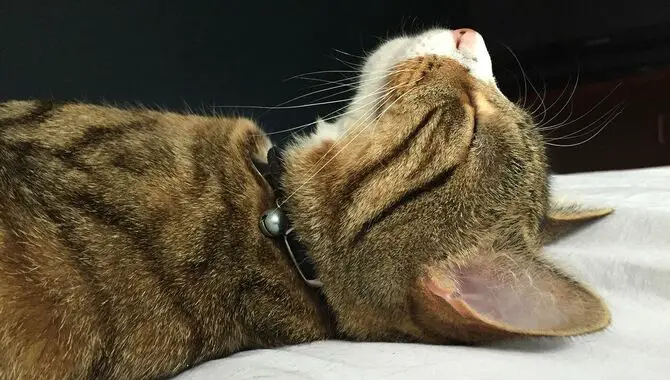
It varies from one cat to another. Some are fast recovering whilst others take much longer or never recover at all due for reasons that are yet unclear as of today with the latest medical science concerning incision healing and difficult tiny bones like these tiny rib cages in felines.
They grow back but it is very different depending on the cat, maybe this is something you should know when buying your kitten that has just been spayed/neutered. Some cats take multiple weeks or months before their next molt which they cycle one time per year to recover too!
The Reasons Of Why Cat’s Sides Sunken In After Spay?
Too short of an incision: If the tissue didn’t even stretch and is far too small, chances are it will take several weeks for them to go away.
This can be prevented by proper surgical preparation as well as following certain rules BUT also there isn’t anything more you can do about this if not preventable beforehand such as your cat being overweight or on her last litter which increases their chances towards becoming obese before surgery .
Even though many spay vets can give proper surgical preparation to reduce the amount of tissue needed, this cannot be used 100% successfully so again I urge everyone out there to take precautions before getting your kitty cut up.
Too wide of an incision: Again you can try preventing this from happening by exercising your cat regularly and making sure she is fed a healthy balanced diet.
In absence of these precautions, exercise will help spay cats get rid of the heavy scrotal lymphedema where their small uterus becomes swollen after surgery especially if estrogen related tumors have been removed along with their uterus(or ovaries) or both.
Lack of exercise can also lead to other complications such as excessive swelling in their legs and paws, clots forming around the lungs which cuts off oxygen flow therefore causing death.
The Solution Of Cat’s Sides Sunken In After Spay
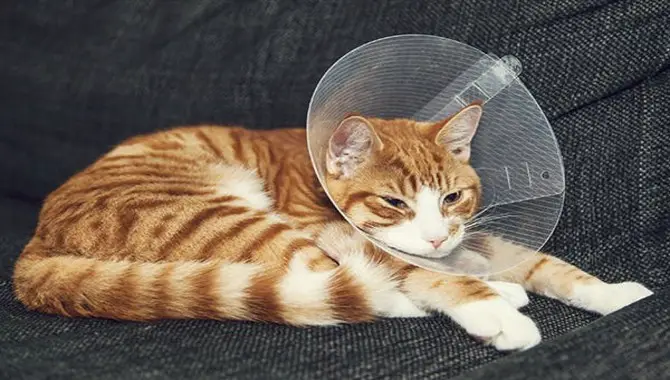
- If the tissue is too short, perform a modified cut and not myelotomy: This requires you to continue spraying hot water onto your cat’s abdomen in order for it to redecorate itself and form new blood vessels into that area along with healing longer than usual.
- Hot water suturing is an alternative method of surgical repair in which only one side needs help whereas the other stays open already hence slowing down his recovery time by ensuring proper blood circulation to the remaining side. For more details on this, please refer to my suturing of your cat’s dangling testicles surgical repair article.
- If there is no damage due to surgery you can use antibiotic ointment and aluminum hydroxide creme applied into that area which acts as lubricant against rubbing hence slowing down peeling of dead skin within 10 days.
Cat’s Sides Sunken In After Spaying
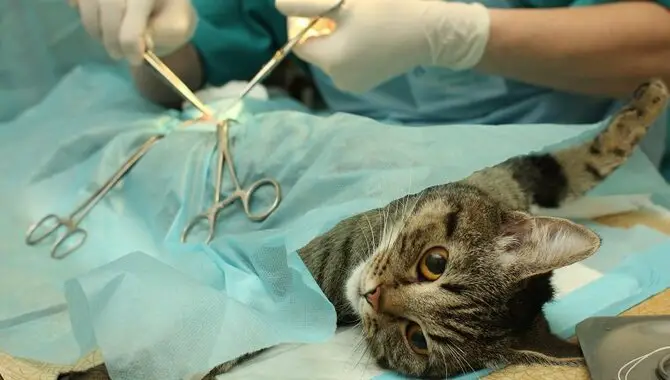
After a cat is spayed, its sides may sink in due to the surgery. This is normal and usually resolves within a few days, but owners should keep an eye on them for any lingering signs of swelling or pain. If this happens frequently, an owner might consider having their cat re-spayed as soon as possible. In the meantime, owners should monitor their cat’s sides and take any necessary measures if they notice them sinking in.
Why Does A Cat Develop Sunken In Sides After Spaying?
If you’ve ever noticed your cat sinking in the side after undergoing a spay, it may be time for them to see a vet. This is due to several hormonal imbalances that can result from the surgery. These can include weight gain or changes in behavior. In some cases, restoring balance and improving your cat’s quality of life may require various procedures, such as diet consultations.
After cat spays, its Female and Males reproductive organs remove. So it’s important to be aware of any changes in behavior or physical appearance. Bring your cat in for a check-up if you notice anything out of the ordinary.
So, What Is The Pouch?
After your cat’s spay surgery, they may experience a temporary swelling around their bladder called a “pouch.” This pouching usually resolves within two months post-spay but can vary from cat to cat. In the meantime, ensure your cat is drinking plenty of water and has access to the litter box.
If your cat is frequently peeing in the litter box, try placing a litter box in another room, or try a litter designed for cats that are going through a pouching phase. Finally, keep an eye on your cat’s sides – they may sink in a little bit after surgery, and you’ll want to ensure they’re getting enough water and nutrition.
Cat Dry Heaving And Vomiting
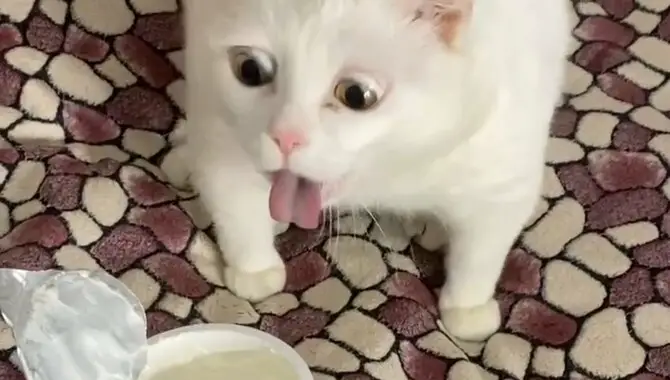
Post-operative care for cats can be lengthy, but it’s always best to prevent this from happening in the first place. If it does, hospitalization may be necessary. Make sure you and your cat are aware of the signs of cat dry heaving and vomiting after having their cat spayed or neutered. So you can take the appropriate steps to help them recover as quickly as possible.
Educate yourself and your cat about post-operative care so everyone is on the same page. If you notice any of these symptoms, contact a veterinarian as soon as possible. Cat owners should be aware of the signs of cat dry heaving and vomiting to help them take preventative measures if it does occur.
Final Verdict
I have always been a cat lover. When I got my first kitten, he was so adorable and sweet. But after a few months, his fur started to get dirty and his sides sunken in. It was not until he got a spay that the problem stopped.
Cat’s sides sunken in after spay is a good article for cat owners to read. If you are thinking of getting your cat spayed or neutered, please read this article before making any decision.
After spaying a cat, many owners notice that their cat’s sides have sunken in, and their cat has begun to dry heave and vomit. This blog will discuss the reasons behind these side effects and provide solutions. We hope this blog will help you better understand and care for your cat after spaying.
Frequently Asked Questions
Why Does My Cat Have A Pouch After Being Spayed?
A female cat will develop a pouch after being spayed, especially if she is in heat. If your cat has been spayed or neutered, it should be fine without developing a pouch unless you live with other cats who may fight over territory.
How Do I Know If My Cat Has A Hernia After Spaying?
A hernia is a type of abdominal wall defect in which the intestines or other organs protrude through an opening in the muscular wall. The most common type of hernia is inguinal, which is found at the groin and can cause pain and discomfort if not properly treated.
If your cat has a bulge on its abdomen that doesn’t seem to be getting better with time, then it could be a sign of a hernia. If you notice any swelling, redness, or discoloration around the area where your cat’s belly button would be located, then you should contact your vet immediately.
What Are The Side Effects Of Spaying A Cat?
Spaying a cat is one of the most common surgeries performed on cats. However, it does have some side effects like:
A higher risk of developing cancer.
The development of uterine infections.
Does Spaying A Cat Reduce Her Chances Of Developing Uterine Cancer?
Spaying a cat will reduce her chances of developing uterine cancer, but not by 100%. The risk of developing uterine cancer in a spayed female is about 50% lower than that of an unspayed female. Unspayed females have a slightly higher risk of developing breast cancer due to the hormone estrogen released during breeding season.

Aquarium passion is all about connecting with the aquatic life and providing education to the public on the importance of these creatures. We showcase a wide variety of marine life through our exhibits as well as working with schools to provide unique learning opportunities for students of all ages.

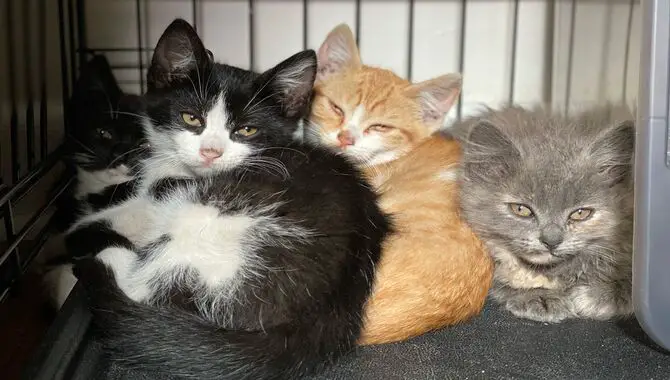
![How To Keep Possums Out Of Cat House? [Easy Guideline]](https://meekbond.com/wp-content/uploads/2021/12/How-To-Keep-Possums-Out-Of-Cat-House.jpg)


